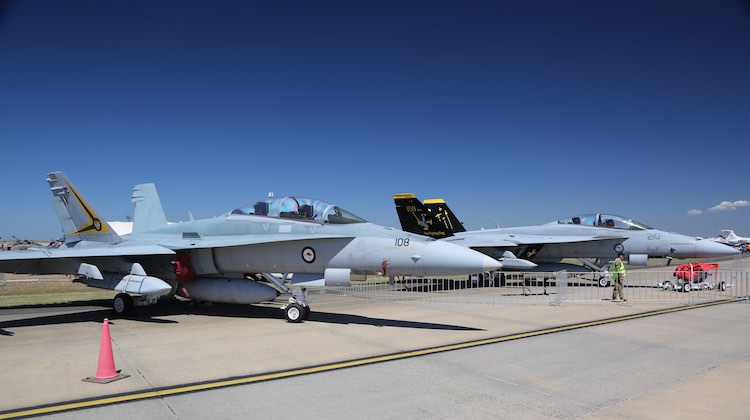
Chief of Air Force Air Marshal Leo Davies has released details of the Royal Australian Air Force’s new strategic document that will inform how the RAAF continues its journey towards becoming a fifth-generation force over the next decade and beyond.
Against the backdrop of increasing strategic uncertainty and complex operational challenges, Air Force Strategy 2017-2027 prioritises those critical areas in which significant change must occur.
The document outlines five ‘vectors’ through which the transformation of the RAAF will be pursued: joint warfighting capability; people capability; communication and information systems; infrastructure; and international engagement.
“Joint fighting is the number one vector; it is the effect we are after, but I really would quickly swap those in terms of priority and say without the right people pieces we will not be able to generate that joint force,” CAF said, speaking to the media on the sidelines of the Chief of Air Force Symposium in Melbourne on Monday.
Air Force Strategy 2017-2027 is intended to ensure that the culture of innovation, integration and ‘jointness’ embodied in Plan Jericho continues, with one of its vectors focusing on enabling the joint force to communicate and do so securely.
“It is amazing to me that we as an Air Force have in the past put a priority on an F-35 and not the runway or the base, or the comms or the joint or the people, or the international engagement,” CAF said.
“I will trade one F-35 for a base that can fly the remaining 71 F-35s that Government have already approved; I would swap that in a heartbeat. That is a total change.”
Setting the scene for the symposium with the opening address, Deputy Chief of Air Force Air Vice-Marshal Warren McDonald described how Australia’s first two F-35As had landed in Guam on their way to Australia, having been refuelled by the KC-30A and supported by a C-17A.
Meanwhile, the first four EA-18G Growlers have arrived at Amberley and the first two PC-21 trainers arrived at East Sale in recent days, with the first P-8A already in Edinburgh and another due in mid-March.
But as attractive as that new lineup might sound, the intention is that the focus will no longer be on the platforms themselves.
“As modern warfare progresses, glue projects will become more than just enablers; they will be the core of combat capability and likely displace the dominance of the platform. As such, these projects are becoming increasingly important to the Australian Defence Force of the future,” AVM McDonald said.














